282 Feet Below Sea Level
As the hottest, driest and everyman national park, Decease Valley is a land of extremes. More than merely a scorching desert, Death Valley offers park visitors a striking contrast of landscapes to explore -- from the snowfall that frosts the park's towering peaks to the lush wildflower meadows and pocket-sized oases that provide a reprieve from the heat to seemingly endless desert plains.
Established on October 24, 1994, Death Valley National Park is a beautiful but challenging landscape where unique wildlife have developed ingenious adaptations to the arid, harsh environment. Located in both California and Nevada, it's the largest national park in the lower 48 states and has nearly 1,000 miles of roads that provide admission to both popular and remote locations in the park. In celebration of the park's anniversary, here are 12 things you might not have known about Death Valley!
1. Death Valley is the lowest point in North America. At 282 feet below bounding main level, Badwater Bowl is a surreal landscape that tricks the senses. What many visitors mistake for snow covering the ground is really a thick layer of salt on the valley floor. But how did the table salt go there? Rain and minerals dissolved from rocks drain to lower elevations. Here, at Badwater Basin, the h2o forms temporary lakes after heavy storms. As the water evaporates, minerals concentrate until only the salts remain. After thousands of years, enough salts have settled here at the lesser of the continent to create this vast, surreal scene.
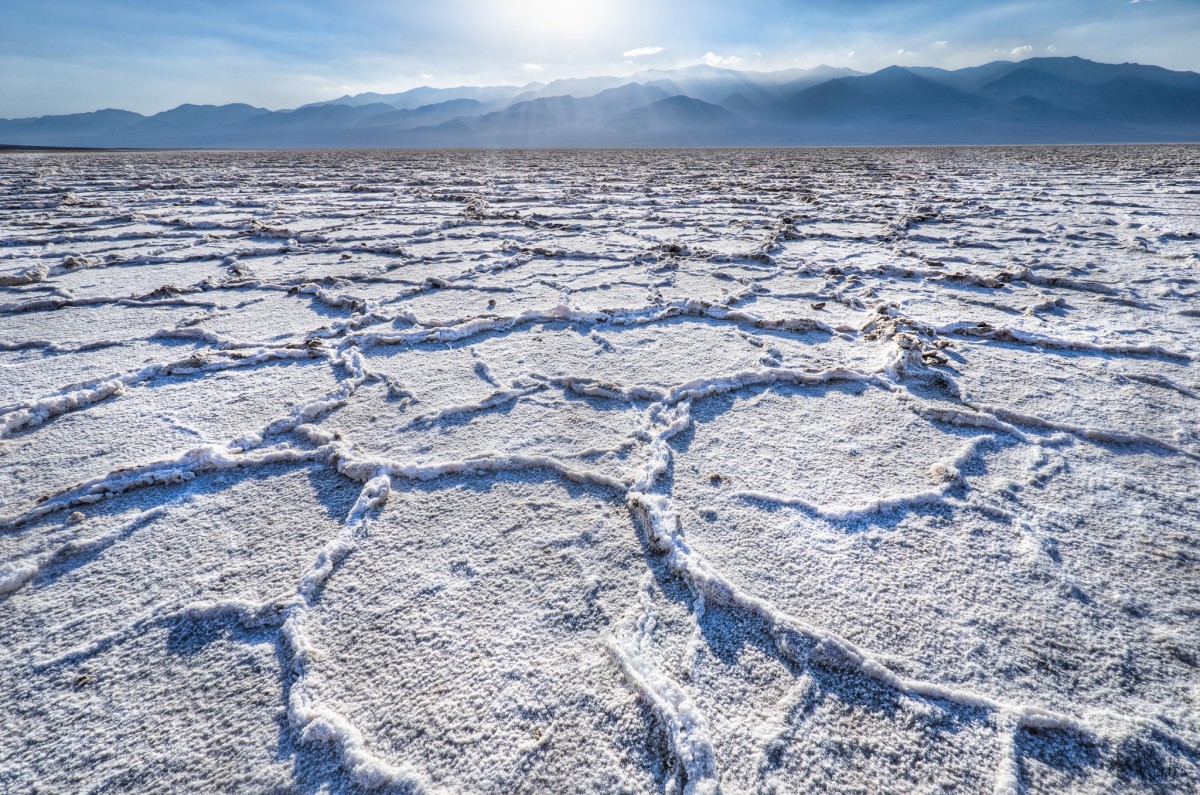
ii. You can't beat the heat at Death Valley. In July 2018, the hottest place on Globe experienced its hottest month on tape. The boilerplate temperature was 108.1⁰F including overnight lows. Daytime highs reached a temperature of 127⁰F for four days in a row. This kind of heat can exist dangerous, but that doesn't mean you tin can't explore the park in the summertime. Visitors are urged to stay in well-traveled areas of the park, so that other people might provide aid in example of a vehicle break-downward. Exist sure to come up prepared -- cell phones often take no reception in the park. Other tips for a safe visit include drinking plenty of water, eating snacks, limiting activities outside of air-conditioning and visiting viewpoints at higher, libation elevations. Besides, just because you tin can fry an egg in the heat, doesn't mean you should.
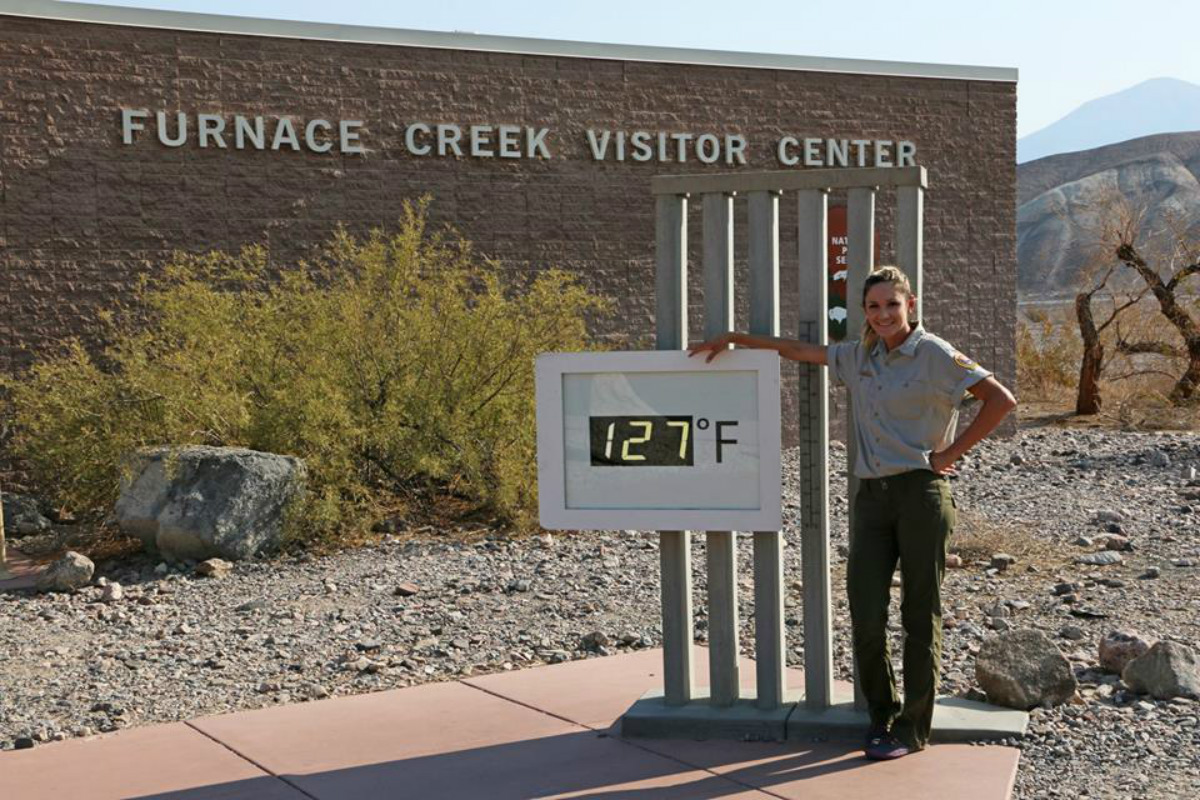
three. Wildflowers bring life to the desert. Contrary to its name, Death Valley comes alive with color and life in the spring. While the park is famous for its rare and spectacular wildflower displays, flowers are never totally absent in the off years. When atmospheric condition are right, the hills and valleys explode into a rug of gilded, purple, pinkish or white flowers. Deep soaking rain is essential for a desert floral display. To brainstorm, a rainstorm of a one-half inch or more than is needed to wash the protective coating off wildflower seeds and let them to sprout. For plants to go on growing, rainstorms must come up at evenly-spaced intervals throughout the winter and spring. Superblooms are fleeting, but they go out a lasting impression with park visitors and concenter large numbers of pollinators such every bit collywobbles, hummingbirds and bees. Check out the park's annual wildflower update for the best times and trails to visit.
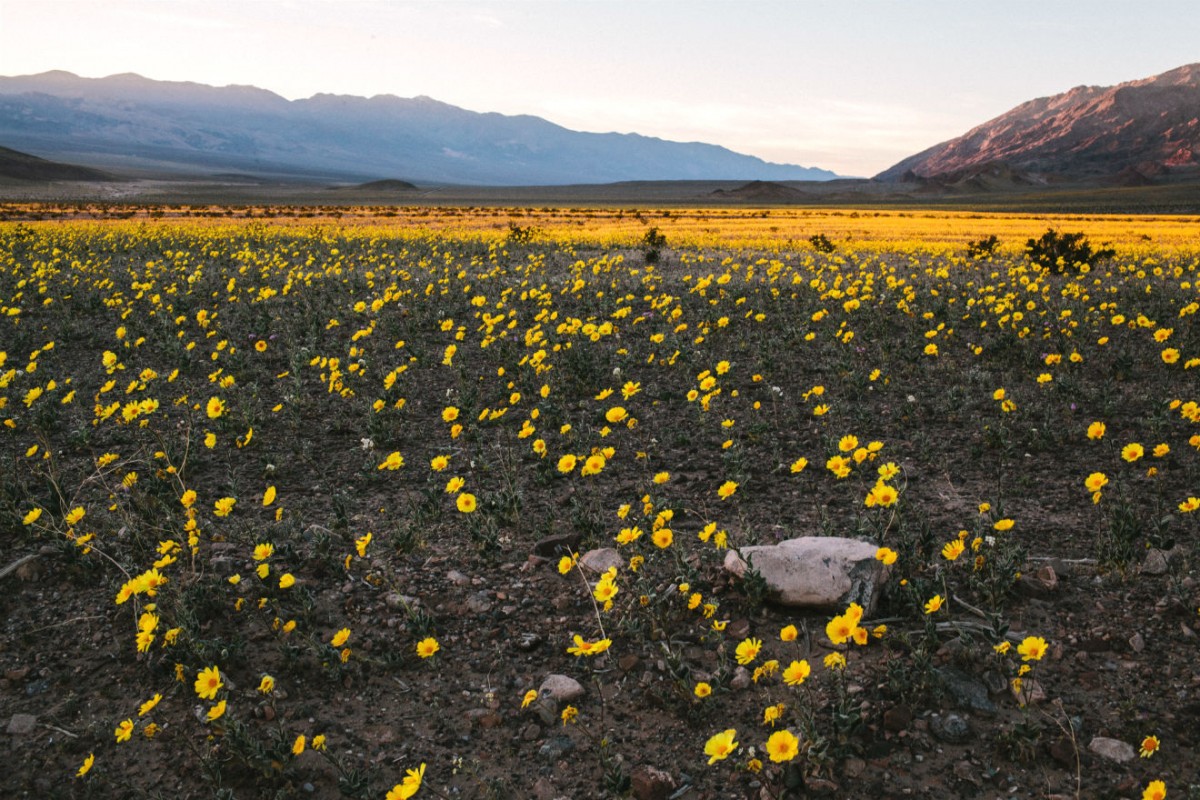
4. Some of the rocks motility on their own at Death Valley. Racetrack Playa is home to one of Death Valley'southward nearly enduring mysteries. Scattered across the bottom of this dry lakebed are hundreds of rocks that leave trails on the basis when they move. Some of the rocks, which counterbalance upwardly to 700 pounds, have traveled over 1,500 feet. For years, the source of their movement has gone unsolved, just in 2014 researchers discovered a rare combination of events that move the rocks. When the playa floods and common cold winter nights freeze the water into a thin layer of water ice that and then break into big floating panels as night turns into 24-hour interval, winds drive the rocks frontward across the glace surface, which leave trails in the soft mud beneath. Although scientists have discovered the cloak-and-dagger of the moving rocks, the fascination remains the same.
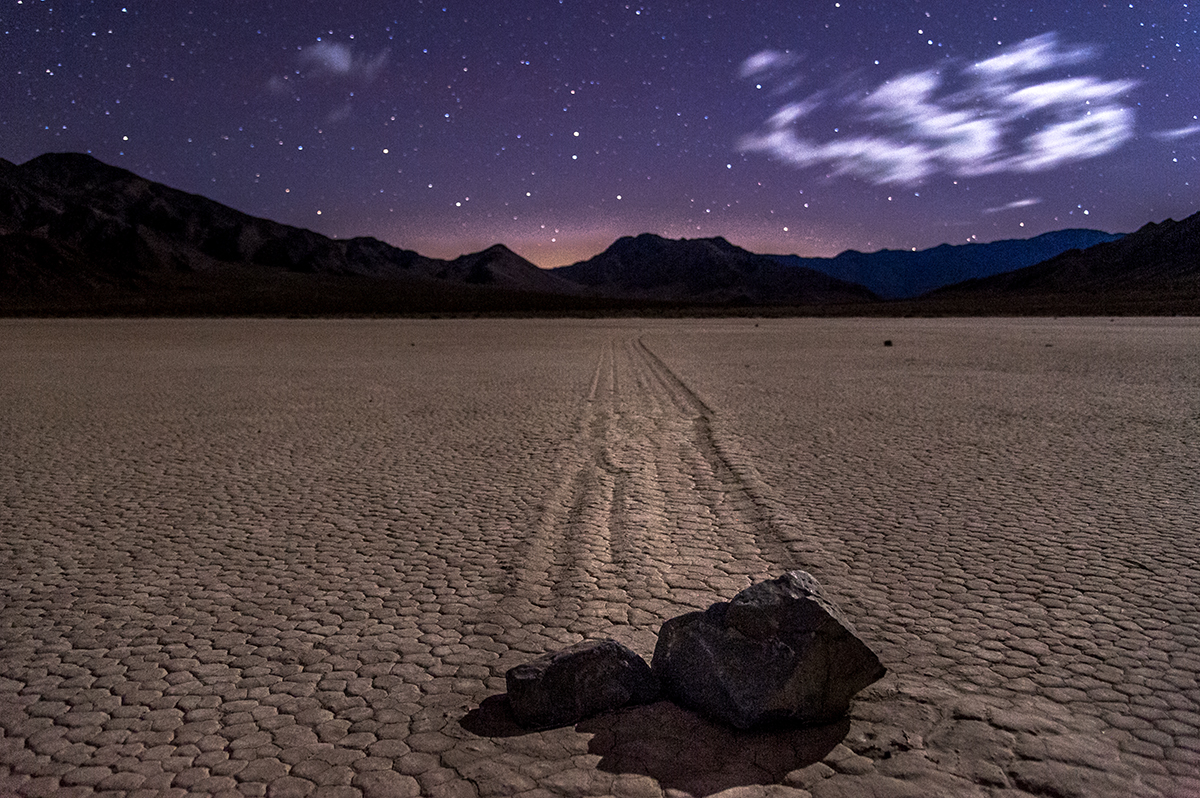
five. If you listen closely, the sands will sing to yous. Although sand dunes are only a small portion of Death Valley, the shadowed ripples and stark, graceful curves are some of the almost memorable sights in the park. While Mesquite Flat Sand Dunes are the easiest to visit and the only location where sand boarding is allowed, Eureka Sand Dunes are much taller -- rising over 680 feet. At the top of the sand dunes, you tin can experience i of the strangest phenomena of the desert: singing sand. When the sand slides downward the steep faces of loftier dunes, a sound like the bass annotation of a pipe organ or the distant drone of an plane can be heard. The reason for this occurrence is unknown, simply it'due south nearly likely caused by the friction between sand grains. In that location are few other places on earth where the beautiful songs of nature call so loudly to visitors.
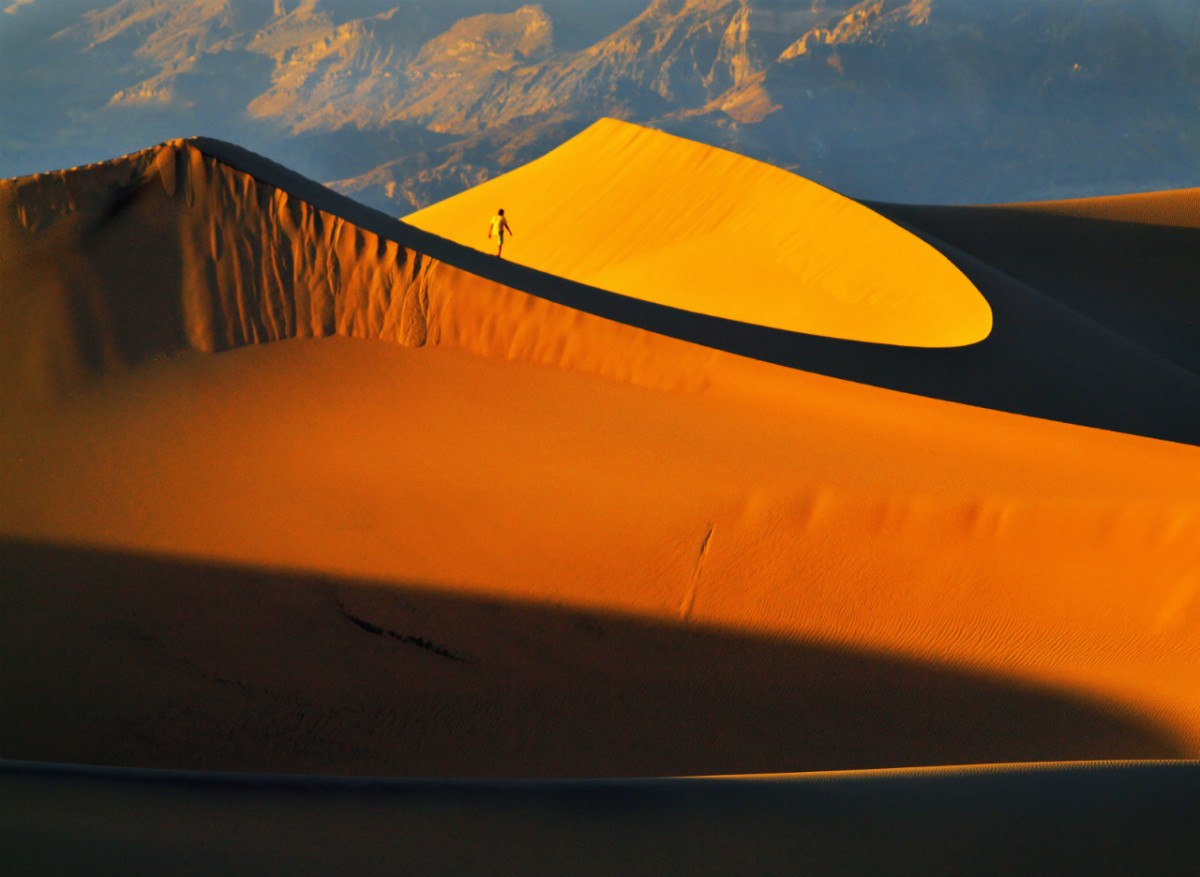
half dozen. Beep! Beep! Watch out for the roadrunner. The pocket-sized roadrunner -- less than 2 feet alpine and weighing about i pound -- has achieved international fame. The long-legged bird was featured alongside its cartoon curvation nemesis, Wile E. Coyote, on the Looney Tunes' TV show. At Death Valley, it's 1 of the most common wildlife species spotted. That'south because its loftier trunk temperature allows it to be out in the heat of the mean solar day. The roadrunner is one of hundreds of birds in the park. Birdwatchers should visit Furnace Creek where animals are attracted to the haven for water and shade.

7. Devils Golf Course isn't meant for golfing. Devils Golf Course -- which got its proper name because "only the devil could play golf" on its surface -- is a colorful landscape worn by wind and rain into beautiful jagged spires. If you listen advisedly, you can hear the tiny pops of billions of tiny common salt crystals expanding and contracting in the rut. The sculpted salt formations form a rugged terrain that is simultaneously delicate notwithstanding dramatic. Make sure to bring your photographic camera along to capture the land's dazzler formed through hundreds of years of nature'southward processes.
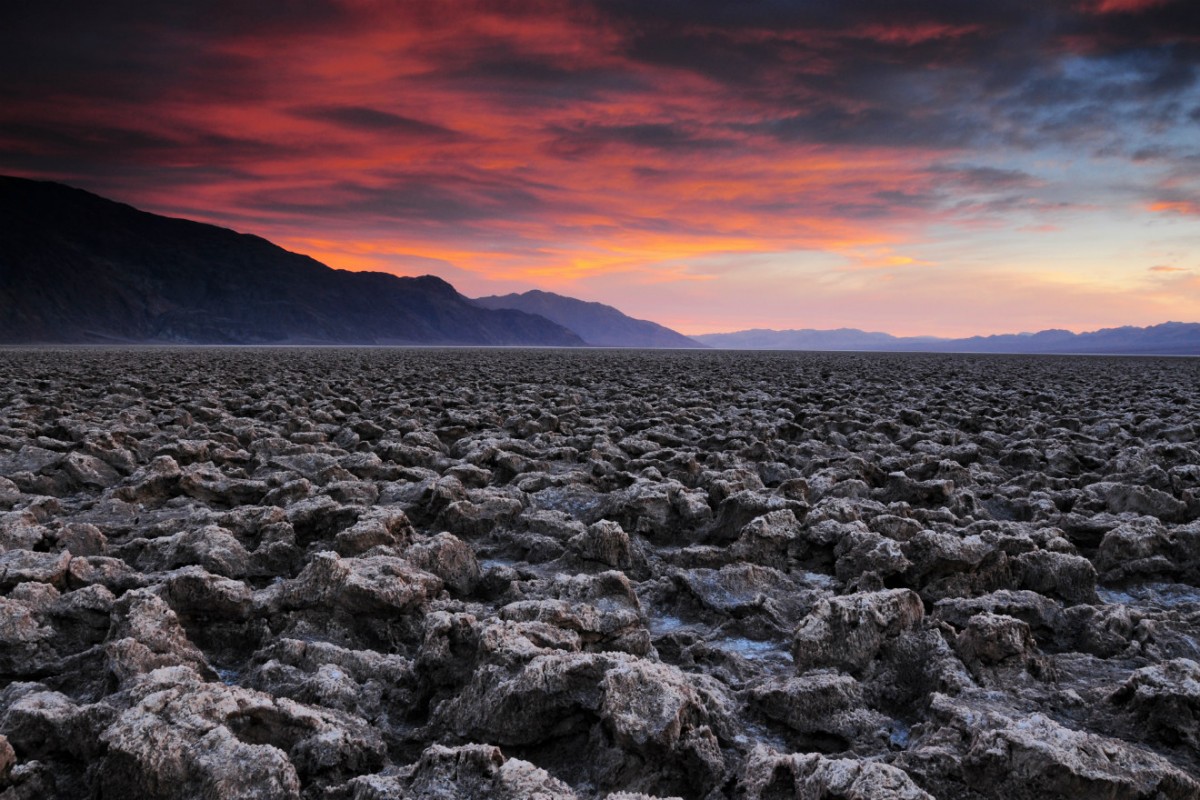
8. Yous tin run across a galaxy far, far away in the park. Are you a Star Wars fan? Ever wanted to visit Tatooine? Now yous finally tin. Leap in your car and wind through Artists Bulldoze, an unbelievable area of multicolored, eroded hills. Oxidation of natural metallic deposits in the mountains produce gorgeous shades of dark-green, blue and regal that resemble an creative person'due south colorful palette. Since your vehicle can't cruise as fast as the Millenium Falcon, take your time to enjoy the cute scenery and spot locations featured in the picture show Star Wars: A New Promise. Other movies and TV shows filmed at Death Valley include Spartacus, The Twilight Zone and Tarzan.

nine. The Charcoal Kilns are a remnant of the park's history. Odd beehive-like structures of the Wildrose Charcoal Kilns stand up 25 feet tall and preserve the history of Expiry Valley in their walls. Built in 1877 by American Indian, Hispanic and Chinese workers, the kilns provided a source of fuel suitable for use in 2 smelters at nearby lead-silver mines until 1900. They're more remote than the park's more pop sites but are one of the all-time preserved and unique attractions. Visitors today can explore the kilns and hear the stories of the people who congenital them.
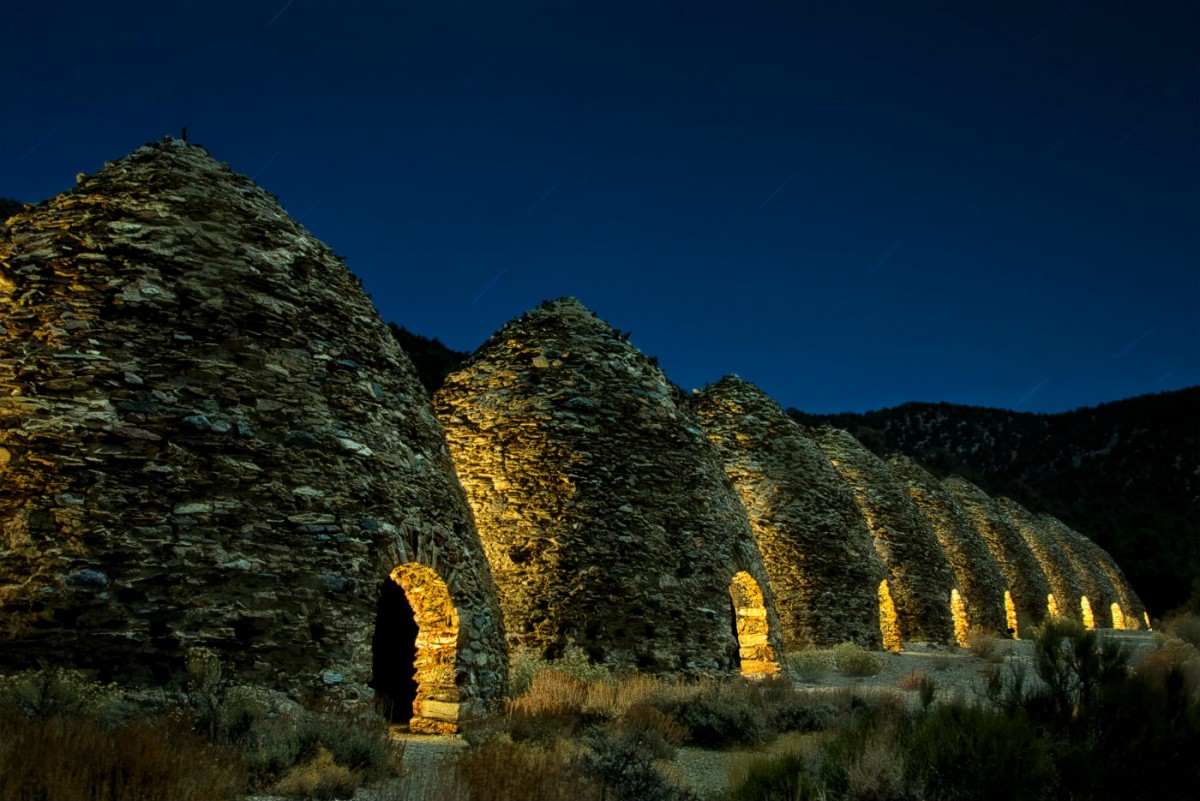
10. A volcanic explosion left its mark in Death Valley. The awe inspiring Ubehebe Crater is over 600 feet deep and one-half a mile wide. The massive crater was formed well-nigh two,100 years ago, but the virtually recent explosion might accept happened equally recently as 300 years ago. The crater's sheer size dwarfs visitors and provokes a feeling of wonder for nature's power. Local Native American tribes refer to the crater as "Tem-pin-tta- Wo'sah," meaning Coyote's Basket. The unabridged crater can exist viewed from a parking lot on its rim, but further exploration on trails reveal boosted smaller craters and the fascinating effects of erosion.
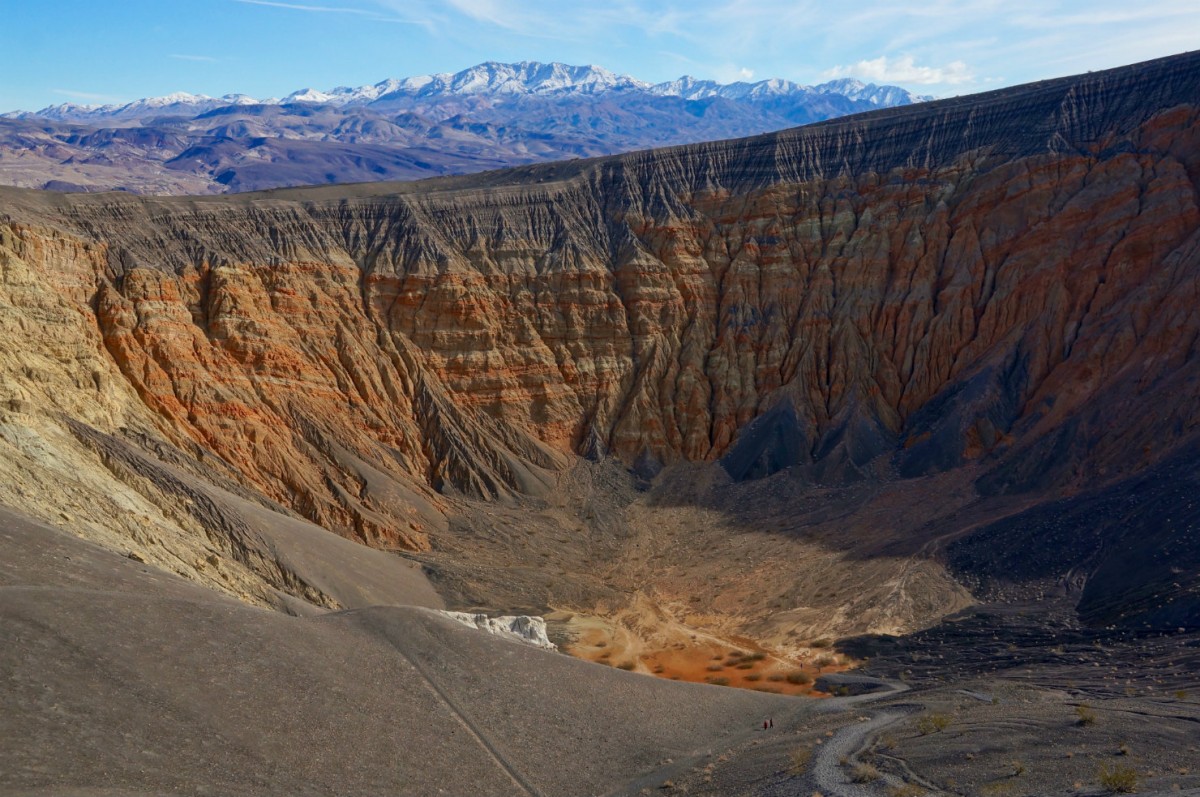
eleven. Really, there are fish in Death Valley. Finding fish in the desert doesn't sound possible, but surprisingly there are six species of fish that can survive in the salty waters and harsh conditions of Expiry Valley. One of them is the endangered Devils Hole Pupfish. It only resides in the 93 degree waters of Devils Hole, where water temperatures and oxygen concentrations are lethal to most other fish. These inch-long irised blue pupfish are one of the globe's rarest fish. Learn how scientists are working relieve these fish.
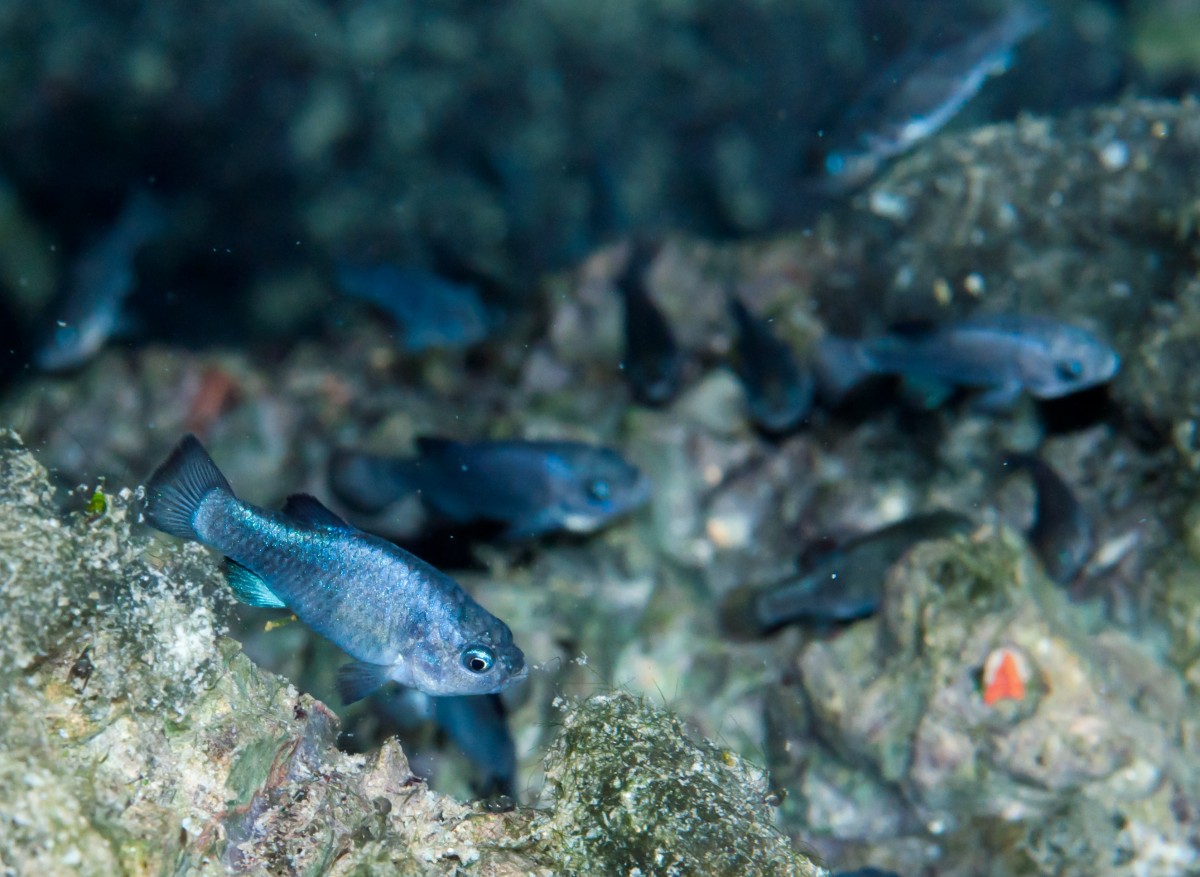
12. You may demand more one visit to truly experience the park. Expiry Valley is a vast national park with over iii one thousand thousand acres of designated wilderness and hundreds of miles of backcountry roads. The park contains an amazing variety of terrain, historic sites, plants and animals for outdoor adventurers to discover on human foot, by bike or in your car. And don't forget, half the park is subsequently nighttime! Death Valley has some of the darkest dark skies in the land and is a peachy identify to gaze in awe at the expanse of the Milky Way, see the details of the moon, runway a meteor shower or only reflect on your identify in the universe. However you enjoy your time in the park, please remember to exit no trace, so anybody can bask Death Valley for generations to come up.
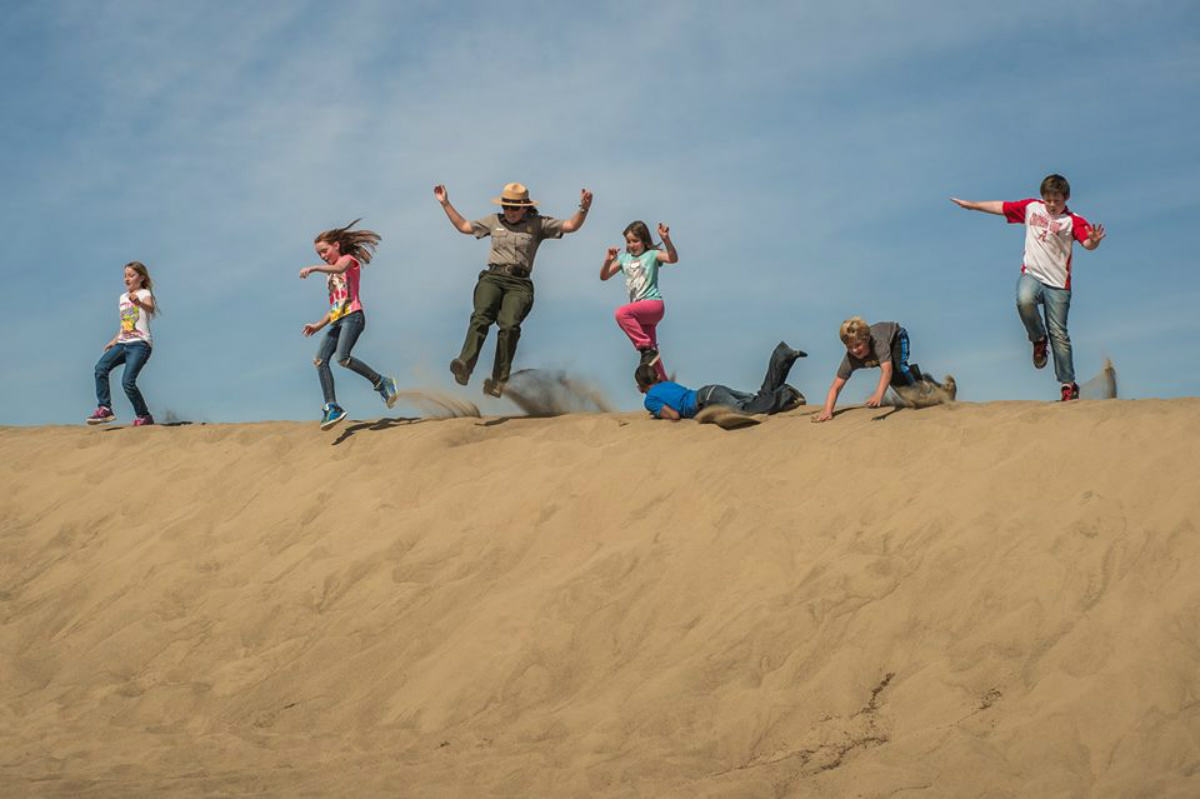
Death Valley is full of life, from vibrant wildflowers and unique species to a cultured past and scenic landscapes. Which volition you lot explore first?
282 Feet Below Sea Level,
Source: https://www.doi.gov/blog/12-things-you-didnt-know-about-death-valley#:~:text=Death%20Valley%20is%20the%20lowest,landscape%20that%20tricks%20the%20senses.
Posted by: royeventer1973.blogspot.com


0 Response to "282 Feet Below Sea Level"
Post a Comment